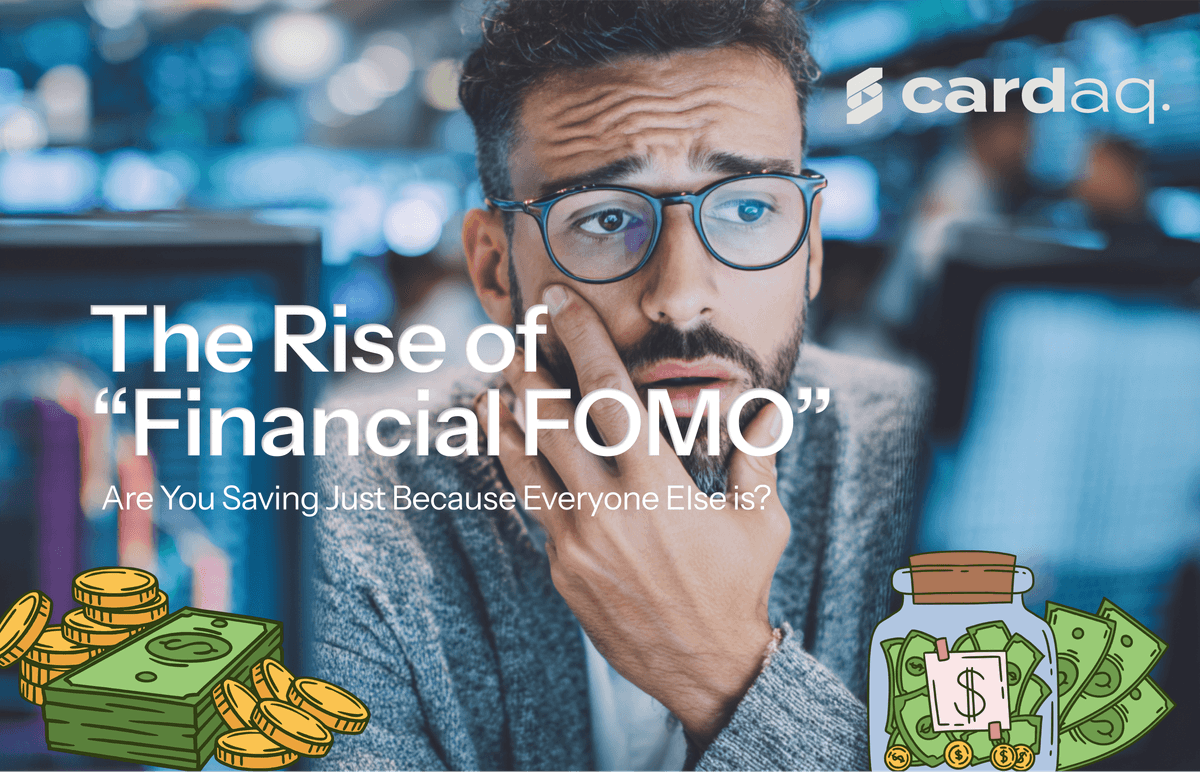Marketing
September 30, 2024
4 min to read
- Copy link
- Share on X
How marketing is changing in the fintech industry
Being a fintech isn’t just about having great products or services. Marketing in fintech is crucial – these fintechs will often rely on a critical mass of users to provide revenue and allow a fintech to grow and flourish. This is why so many fintechs heavily invest in both their software and marketing simultaneously – the tech has to work, and the message need to spread. One won’t work without the other.
This is giving rise to new fintech marketing strategies from fintechs which, by nature, have been forced to grow on the sidelines of ‘traditional’ financial services. A growing number of fintechs are now vying among one another for market share, across areas like financial advice, investment, trading, insurance and banking. Though consumers are more willing now to engage with non-traditional financial services brands, a testament to fintech branding strategies, it’s ironically never been harder to command attention in such a populated market. And in some sectors, this is nearing fintech market saturation - a significant marketing challenge.
Importantly, it’s become crucial to generate audiences organically as inorganic marketing efforts can lead to short-term relationships. For instance, it was found that uninstall rates of 93% can be expected for fintech apps when audiences are acquired through non-organic sources. Here are the three most popular ways the world’s biggest fintechs are growing their names:
- Education
As a breakaway from traditional financial services, fintechs will often target underserved parts of the population such as the unbanked or Gen Z. People in these areas of society may not have the financial literacy others have, while also being sceptical of the industry in general. For instance, Experian recently found that both millennials and Gen Z wish for a better understanding in personal finance with 77% striving to be more financially literate. This means more businesses are investing in content marketing for fintechs (through blogs, Tik Toks, podcasts etc) that not only educate this audience, but helps them associate this knowledge with their brand.
- Transparency
People are more sceptical than ever about the brands they use. People want to know if their food has been ethically farmed, or if suppliers behind their clothing have been fairly paid. This is especially true to financial services and with so many scandals, market crashes and allegations it’s no wonder trust in financial services is so low. Fintechs can build new, fresh brands by championing transparency. This is leading to more brands openly publishing information users will want to know – who owns the business? Where is money invested? What ESG policies do they have in place? This can be especially important in transparency around fees. With Americans spending £13.3bn on fintech subscription fees, it’s clear that the days of stealth fees or hard-to-cancel subscriptions are over.
- Integration with other apps
Though harder for newer fintechs, some brands are able to integrate with other apps and become embedded in aligned retail ecosystems. API technology allows for fintechs to quickly sign up new customers who are being onboarded by other companies, allowing them to piggyback off the latter’s efforts. Imagine you sign up to a website for your interior decoration business, then a pop up recommends you sign up to an aligned challenger fintech bank to handle all the admin and invoicing responsibilities? With just a few screen taps you can quickly sign up and tick off another service. This of this as an extension of fintech referral programs. This allows the fintech to leverage the legitimacy of the initial brand and sign up customers quickly through a more seamless onboarding process. This is an important extension of fintech marketing, and which allows the fintech to become increasingly interconnected in a growing retail ecosystem.
These are just three of the most popular strategies. But there are numerous others – across both B2B fintech marketing and B2C fintech marketing. We are seeing a rise in influencer marketing in fintech, PPC marketing for fintech and increasingly mainstream fintech advertising (on traditional mediums like radio and TV). A convergence is occurring of both new fintechs and new audiences, with many guessing what next this dual disruption holds.
To get more insights from the Cardaq team as they’re published, sign up to a newsletter below:
Don’t miss out on fintech insights, company milestones, and expert tips












